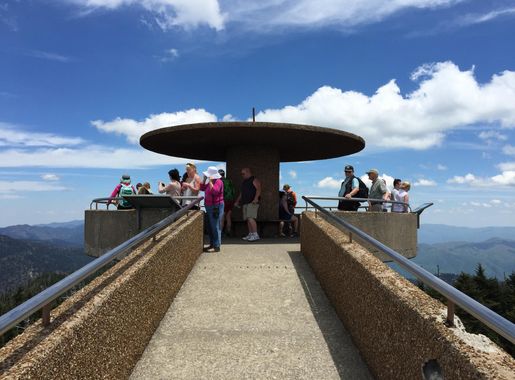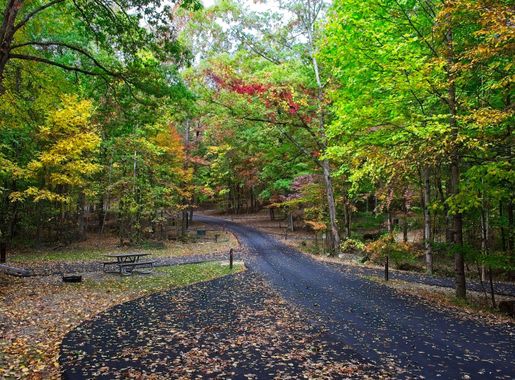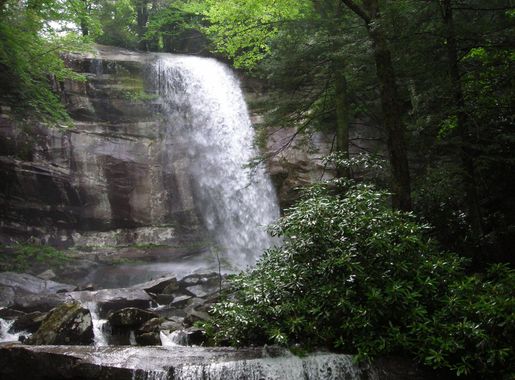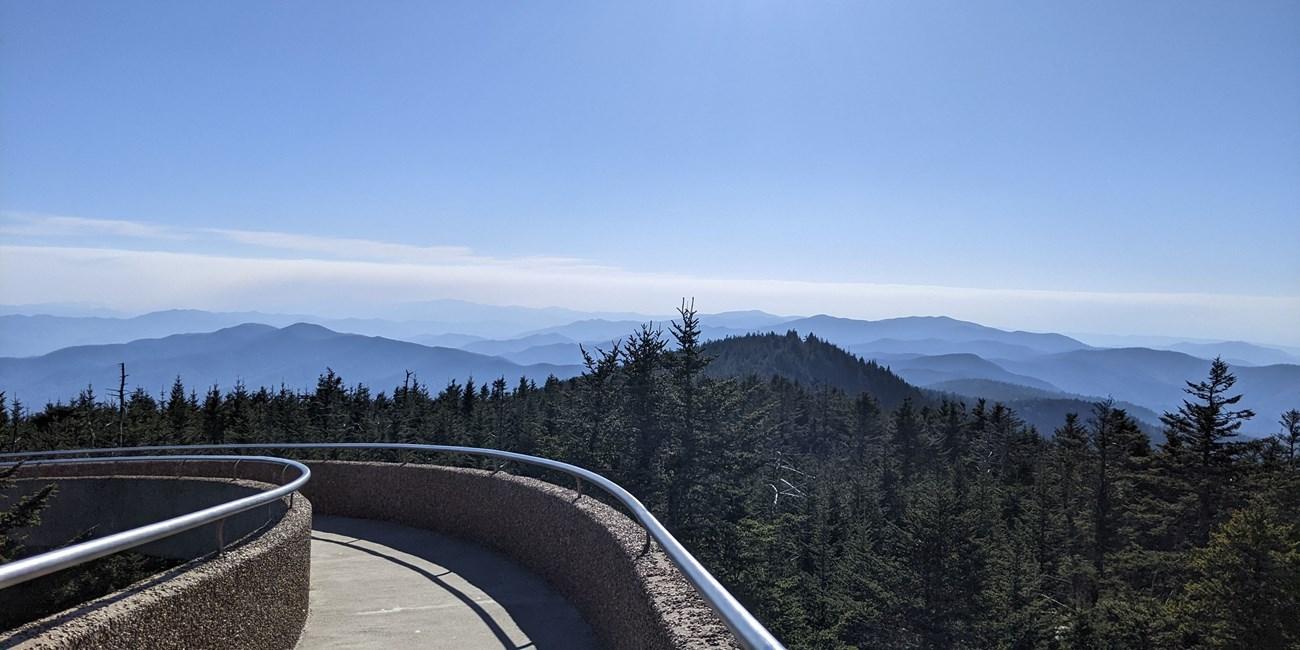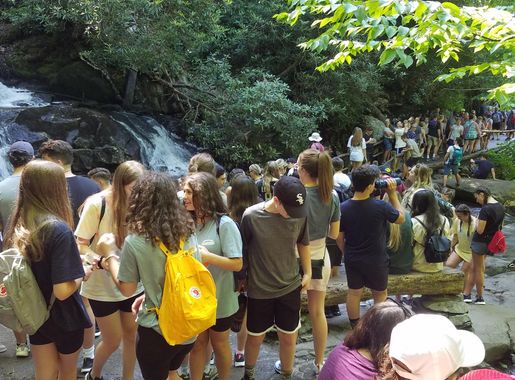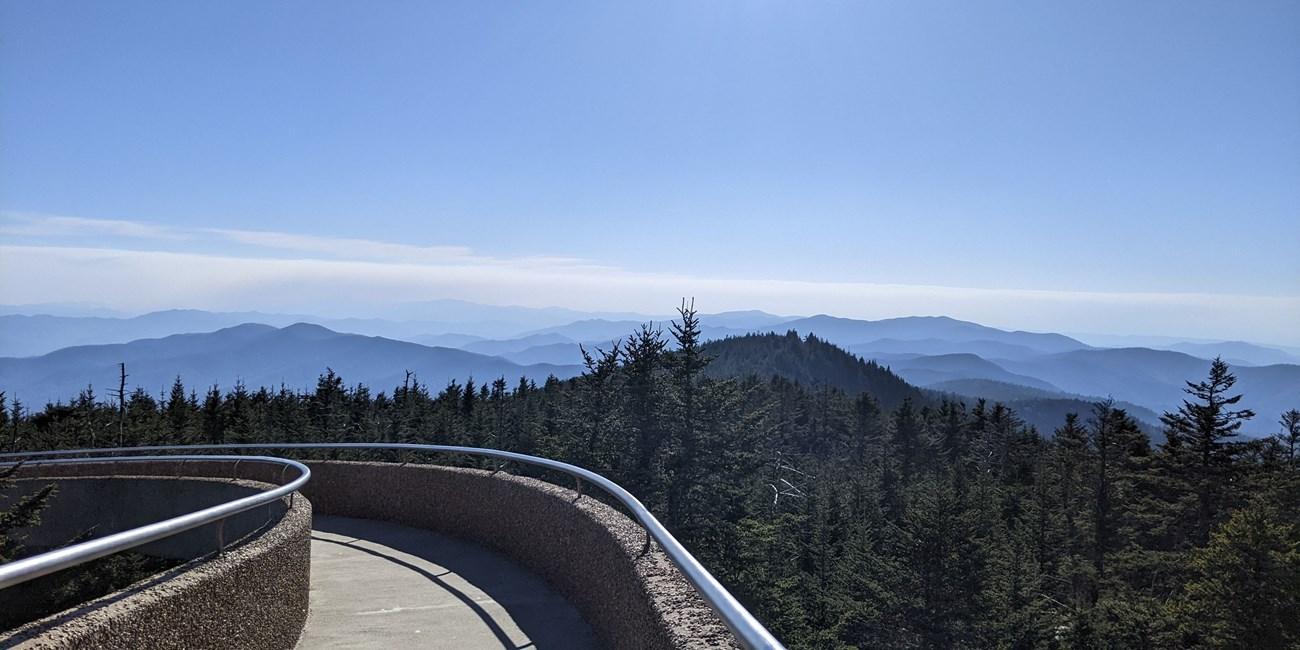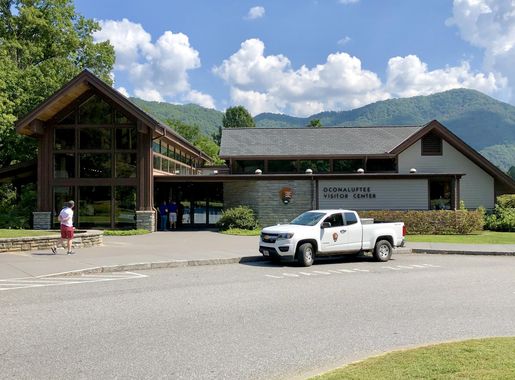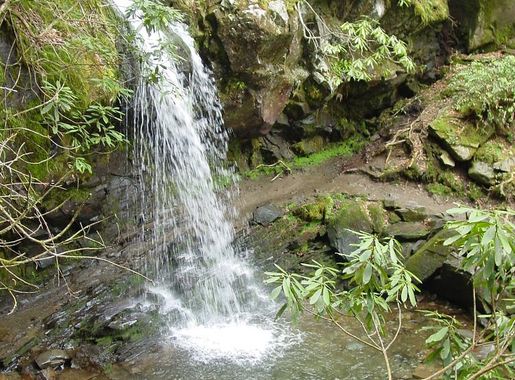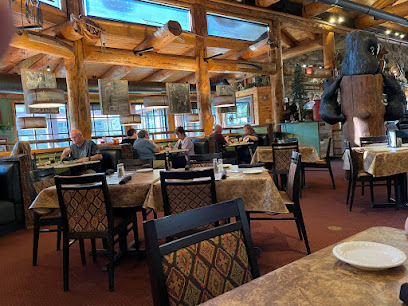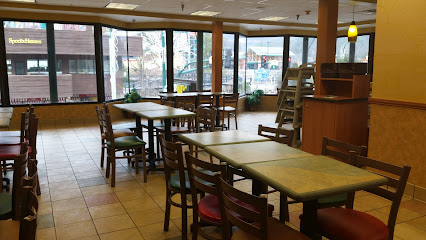
The Enchanting Great Smoky Mountains National Park
Explore the majestic Great Smoky Mountains National Park, a sanctuary of misty peaks, vibrant wildlife, and rich cultural heritage in Tennessee, USA.
Nestled on the border between Tennessee and North Carolina, the Great Smoky Mountains National Park is a haven for nature lovers and adventure seekers. This UNESCO World Heritage site is renowned for its misty mountain landscapes, diverse plant and animal life, and rich cultural history. With over 800 miles of trails, it offers endless opportunities for hiking, wildlife spotting, and breathtaking views. The park is home to a variety of ecosystems, from lush forests to meadows filled with wildflowers. In the spring, the park bursts into color with blooming flowers, while fall brings a spectacular display of foliage. The park is also famous for its black bear population; lucky visitors may catch a glimpse of these magnificent creatures in their natural habitat. In addition to its natural beauty, the Great Smoky Mountains National Park offers a glimpse into the past with its well-preserved historic buildings and sites. Cades Cove, an 11-mile loop road, takes visitors through a picturesque valley surrounded by mountains and dotted with 19th-century homesteads, churches, and mills. For those seeking a truly memorable experience, the park offers backcountry camping, allowing visitors to immerse themselves fully in the serene wilderness.
Local tips in Great Smoky Mountains National Park
- Arrive early to popular trails like Alum Cave and Clingmans Dome to avoid crowds.
- Pack layers; weather can change quickly in the mountains.
- Visit in mid-week to enjoy a more peaceful experience.
- Carry bear spray and know how to use it; black bears are active in the park.
- Stop by the Sugarlands Visitor Center for maps, guides, and current trail conditions.
The Enchanting Great Smoky Mountains National Park
Nestled on the border between Tennessee and North Carolina, the Great Smoky Mountains National Park is a haven for nature lovers and adventure seekers. This UNESCO World Heritage site is renowned for its misty mountain landscapes, diverse plant and animal life, and rich cultural history. With over 800 miles of trails, it offers endless opportunities for hiking, wildlife spotting, and breathtaking views. The park is home to a variety of ecosystems, from lush forests to meadows filled with wildflowers. In the spring, the park bursts into color with blooming flowers, while fall brings a spectacular display of foliage. The park is also famous for its black bear population; lucky visitors may catch a glimpse of these magnificent creatures in their natural habitat. In addition to its natural beauty, the Great Smoky Mountains National Park offers a glimpse into the past with its well-preserved historic buildings and sites. Cades Cove, an 11-mile loop road, takes visitors through a picturesque valley surrounded by mountains and dotted with 19th-century homesteads, churches, and mills. For those seeking a truly memorable experience, the park offers backcountry camping, allowing visitors to immerse themselves fully in the serene wilderness.
When is the best time to go to Great Smoky Mountains National Park?
Iconic landmarks you can’t miss
Newfound Gap
Experience breathtaking vistas and rich biodiversity at Newfound Gap, the scenic heart of the Great Smoky Mountains National Park.

The Sinks
Explore The Sinks, a breathtaking waterfall in Smoky Mountain National Park, offering stunning views and serene hiking adventures for nature lovers.
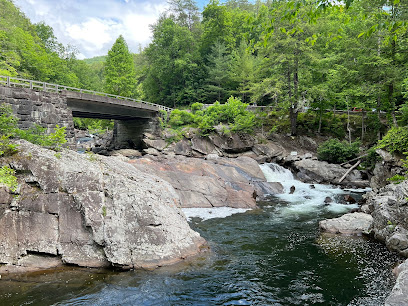
Clingmans Dome Trailhead
Explore the beauty of Clingmans Dome Trailhead in Great Smoky Mountains National Park, where breathtaking views and diverse hiking trails await every nature lover.
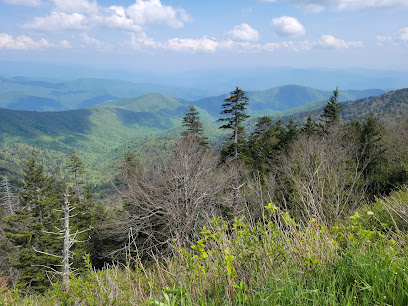
Ben Morton Overlook
Discover stunning panoramic views of the Great Smoky Mountains at Ben Morton Overlook, a must-visit scenic spot in Gatlinburg, TN.
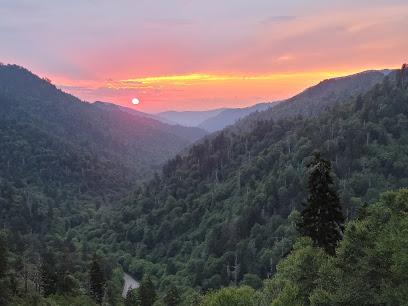
The Townsend Wye
Explore the stunning natural beauty of Townsend Wye, a tranquil gem in the heart of the Great Smoky Mountains, perfect for swimming and picnicking.
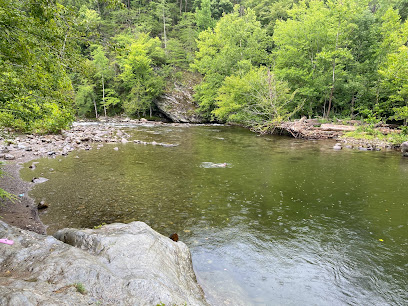
Chimney Tops Overlook
Discover Chimney Tops Overlook: a scenic gem in the Great Smoky Mountains featuring stunning views and serene natural beauty.
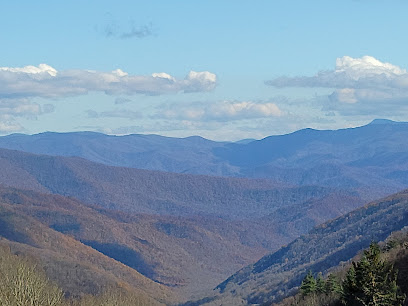
The Place of a Thousand Drips
Explore the enchanting Place of a Thousand Drips in Gatlinburg, TN, where cascading waterfalls and lush landscapes create a breathtaking natural experience.
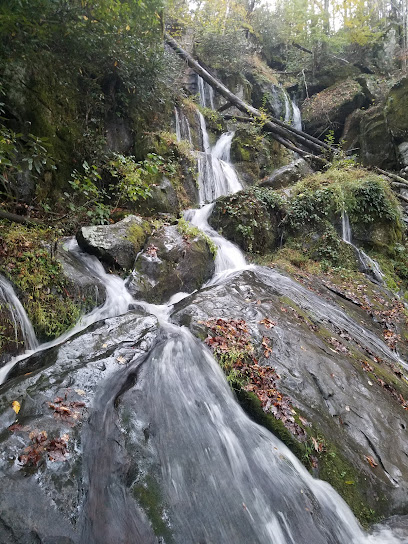
Carlos C. Campbell Overlook
Discover stunning panoramic views and serene nature at Carlos C. Campbell Overlook in Gatlinburg, Tennessee, a perfect spot for relaxation and photography.
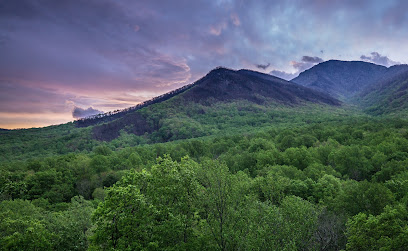
Ramsey Cascades
Explore Ramsey Cascades, the tallest waterfall in the Great Smoky Mountains National Park, where nature's beauty and adventure meet in perfect harmony.

A Walk in the Woods
Discover the natural beauty of the Smoky Mountains with expert-guided hikes and immersive eco-adventures at A Walk in the Woods.
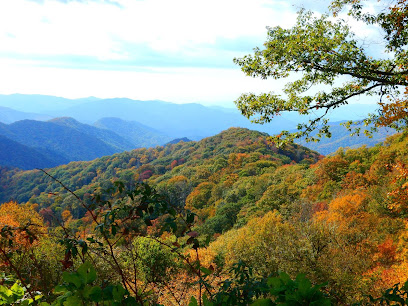
Great Smoky Mountains
Explore the Great Smoky Mountains National Park, a nature preserve boasting stunning landscapes, diverse wildlife, and rich cultural history in North Carolina.
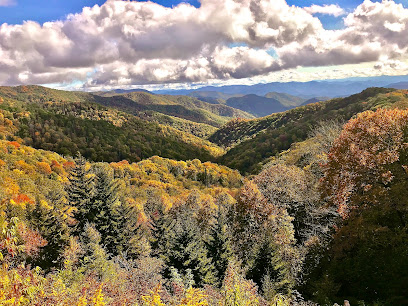
Great Smokey Mountain
Explore the breathtaking beauty of the Great Smoky Mountains, a natural paradise filled with hiking trails, rich wildlife, and stunning landscapes.
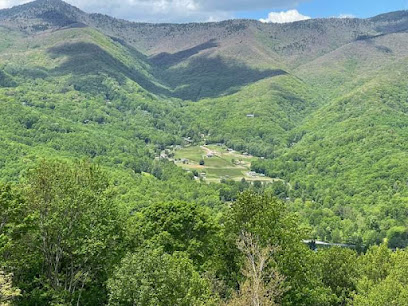
Unmissable attractions to see
Ober Mountain
Experience the thrill of Ober Mountain, where outdoor adventure meets breathtaking scenery in the heart of the Smoky Mountains.
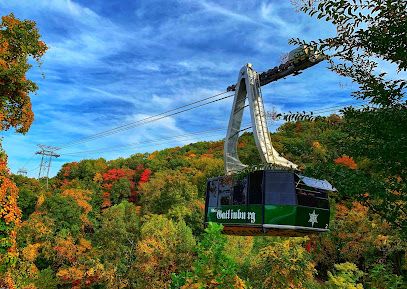
Great Smoky Mountains Railroad
Experience the scenic beauty and rich history of the Great Smoky Mountains Railroad, where breathtaking landscapes meet unforgettable journeys.
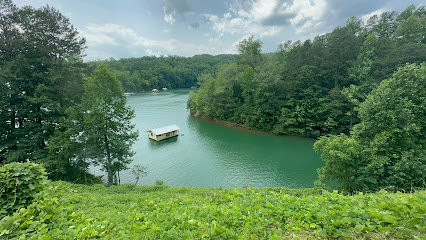
Bush's Visitor Center
Experience the rich heritage and flavors of Bush's Beans at Bush's Visitor Center in Dandridge, Tennessee, a must-visit destination for tourists.
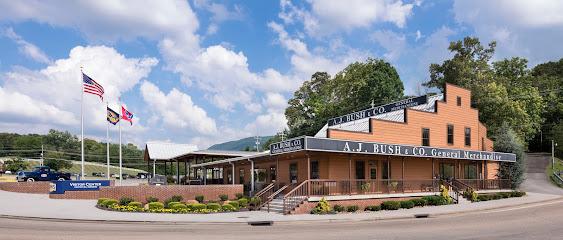
TopJump Trampoline & Extreme Arena
Discover endless fun and excitement at TopJump Trampoline & Extreme Arena, Pigeon Forge's ultimate destination for adventure seekers of all ages.

SkyCenter
Discover breathtaking views and thrilling adventures at Gatlinburg's SkyCenter, the ultimate destination for nature lovers and adventure seekers.
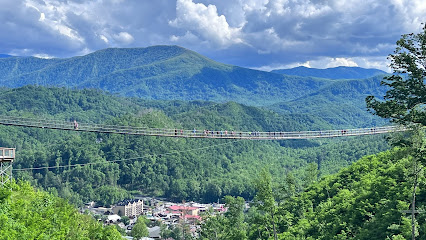
Tuckaleechee Caverns
Discover the stunning Tuckaleechee Caverns in Townsend, TN—an awe-inspiring underground wonder showcasing nature's artistry and geological history.
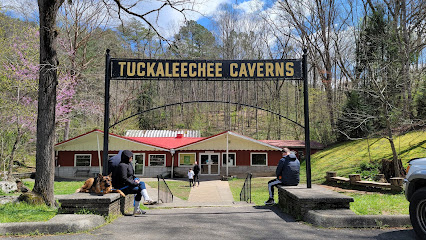
Treetop Skywalk at Anakeesta
Experience the breathtaking Treetop Skywalk at Anakeesta in Gatlinburg, TN - an aerial adventure above the enchanting Smoky Mountains.
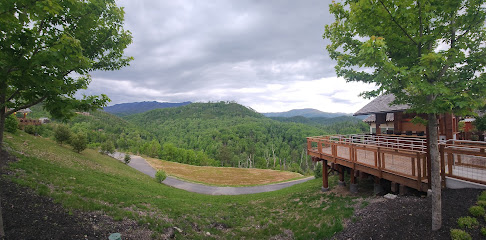
Hollywood Star Cars Museum
Explore the iconic Hollywood Star Cars Museum in Gatlinburg, showcasing legendary vehicles from film and television history.
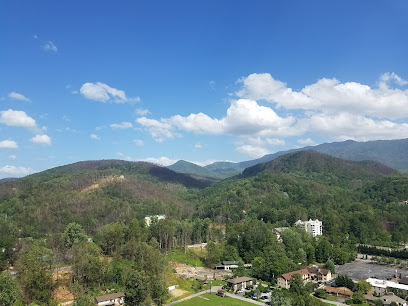
Soco Falls
Experience the enchanting beauty of Soco Falls in Maggie Valley, NC, with stunning waterfalls and picturesque hiking trails in a serene natural setting.
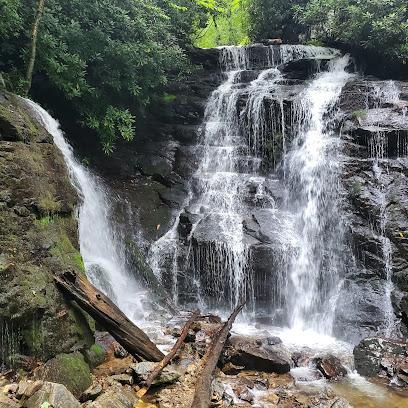
Clingmans Dome
Explore Clingmans Dome, the highest peak in the Smoky Mountains, featuring breathtaking views and unique hiking trails for nature enthusiasts.

Gatlinburg Scenic Overlook
Discover stunning panoramic views at Gatlinburg Scenic Overlook, where nature's beauty meets breathtaking landscapes in the heart of the Great Smoky Mountains.
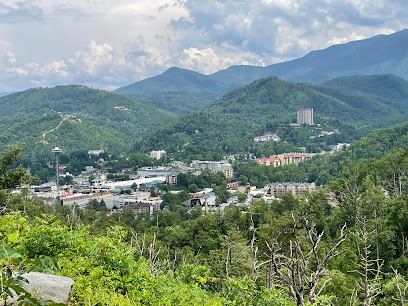
Gatlinburg Trail Trailhead
Explore the serene beauty of Gatlinburg Trail, a perfect hiking destination in the Smoky Mountains, ideal for nature lovers and adventure seekers alike.
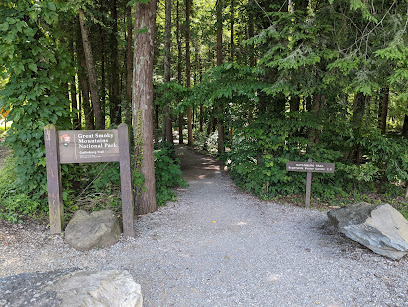
Ripley's Davy Crockett Mini-Golf
Experience the thrill of mini-golf at Ripley's Davy Crockett Mini-Golf, where adventure meets fun in Gatlinburg, Tennessee.
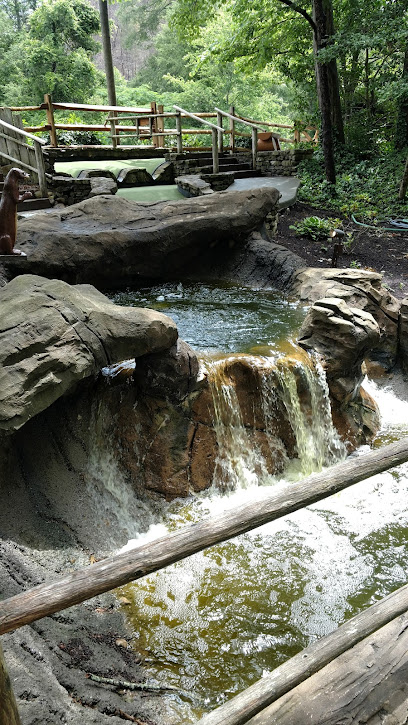
Dolly Parton Statue
Discover the Dolly Parton Statue in Sevierville, a heartfelt tribute to country music's iconic star and a must-visit attraction in Tennessee.
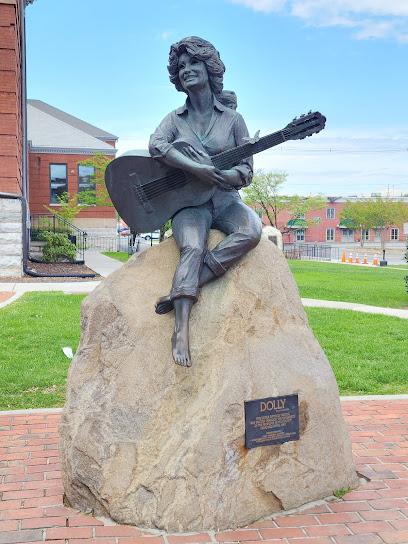
Seven Islands State Birding Park
Explore the serene beauty of Seven Islands State Birding Park, a haven for birdwatchers and nature lovers in Kodak, Tennessee.
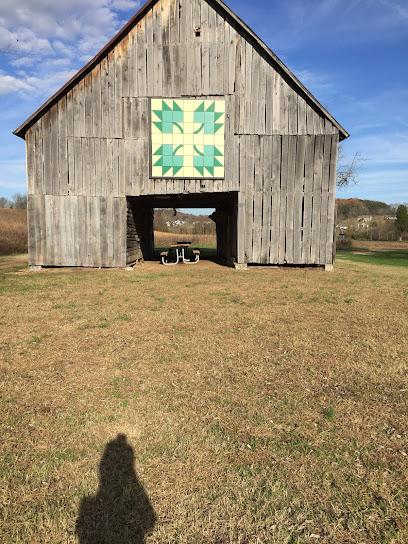
Markets, malls and hidden boutiques
Three Bears General Store
Discover a delightful blend of sweets, souvenirs, and fun at Three Bears General Store in Pigeon Forge, a must-visit for every traveler.
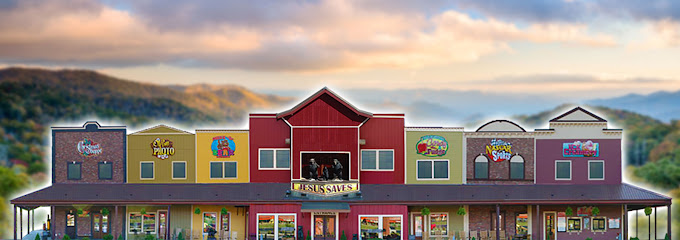
The Village Shops
Discover a charming shopping paradise at The Village Shops in Gatlinburg, where unique boutiques and local flavors come together amidst stunning mountain scenery.
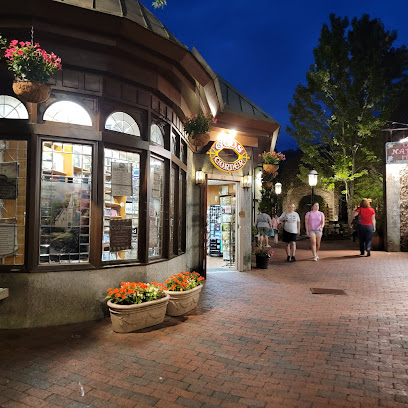
Mountain Mall
Explore the vibrant Mountain Mall in Gatlinburg, where shopping meets local culture and delicious dining experiences await.

Cherokee Trading Post
Explore the Cherokee Trading Post in Sevierville, TN, a vibrant gift shop offering authentic Native American goods and unique souvenirs.
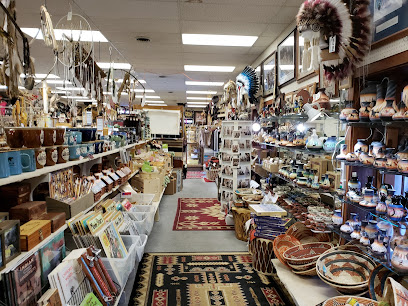
Goats On The Roof
Discover the whimsical charm of Goats On The Roof in Pigeon Forge - a gift shop like no other, where shopping meets entertainment with live goats!
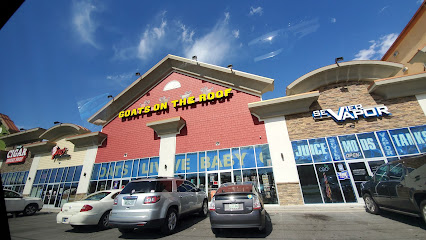
Mystic Moon Celtic Faire
Explore the enchanting Mystic Moon Celtic Faire in Gatlinburg, TN, where Celtic culture and unique gifts come together in a magical shopping experience.
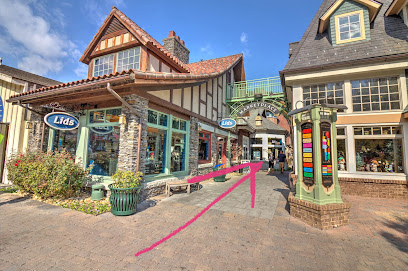
Harper Bros. General Merchandise Store
Explore Harper Bros. General Merchandise Store in Sevierville, TN for unique gifts, local crafts, and a cozy coffee shop experience.
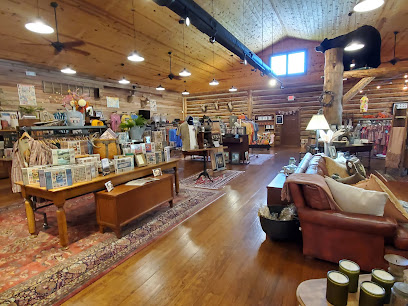
Celtic Heritage Co
Explore Celtic Heritage Co in Gatlinburg, TN for unique gifts and authentic Celtic memorabilia that capture the essence of rich cultural traditions.
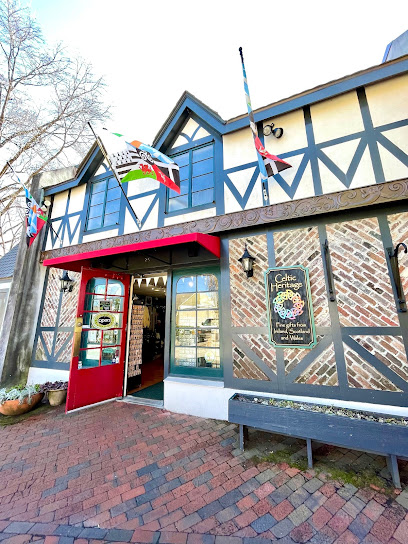
Country Barn Gift Shop & Photo Park
Discover unique gifts and memorable photo opportunities at the Country Barn Gift Shop & Photo Park in Pigeon Forge, TN.
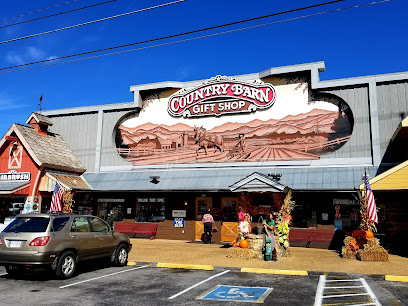
Happy Hippie Lane Lifestyle Gifts & THC
Explore the eclectic charm of Happy Hippie Lane, your go-to destination for unique clothing, jewelry, and metaphysical supplies in Gatlinburg.

The Sock Shop
Discover a whimsical collection of unique socks at The Sock Shop in Gatlinburg, perfect for gifts or a cozy treat for yourself!

SkyShop
Explore SkyShop in Gatlinburg for unique souvenirs that celebrate the spirit of Tennessee and the beauty of the Smoky Mountains.
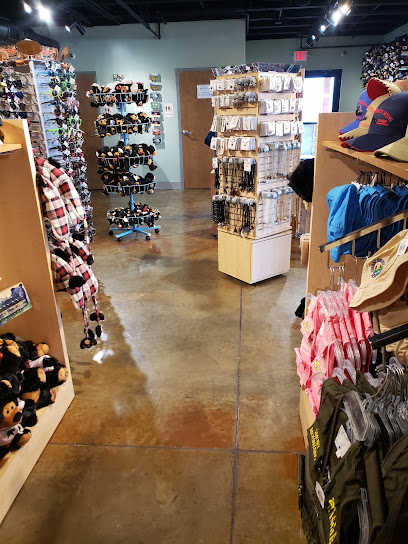
A Long Story Short Co.
Explore A Long Story Short Co. in Pigeon Forge - a unique gift shop offering books, home goods, and stunning rocks for every treasure seeker.
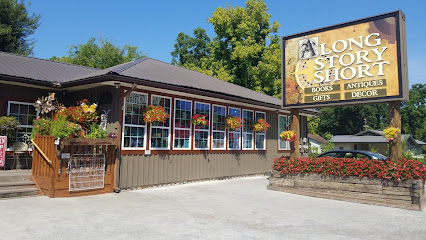
Unique Gifts & T’s of Pigeon Forge
Explore Unique Gifts & T's of Pigeon Forge: Your destination for charming souvenirs and local treasures that capture the spirit of the Smoky Mountains.

Ranger Bob's Trading Post
Explore the charm of Gatlinburg at Ranger Bob's Trading Post, your go-to gift shop for unique souvenirs and local crafts.
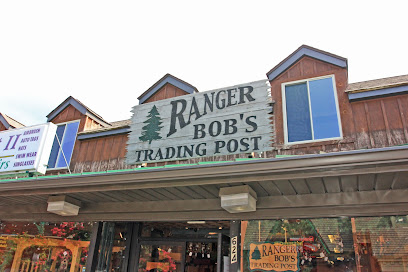
Essential bars & hidden hideouts
Ole Red
Experience vibrant live music and delicious Southern cuisine at Ole Red in Gatlinburg, a true gem for food and music lovers alike.

The Peddler Steakhouse
Experience the best of American cuisine at The Peddler Steakhouse in Gatlinburg - where expertly grilled steaks meet Southern hospitality.
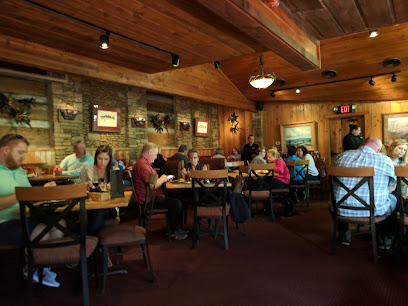
Smith & Son Corner Kitchen
Discover the heart of American cuisine at Smith & Son Corner Kitchen, where every meal tells a story and flavors come alive.
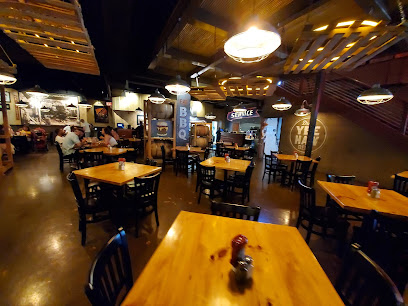
Cherokee Grill and Steakhouse
Cherokee Grill and Steakhouse in Gatlinburg offers an exceptional steak dining experience, blending local flavors with Southern hospitality for an unforgettable meal.
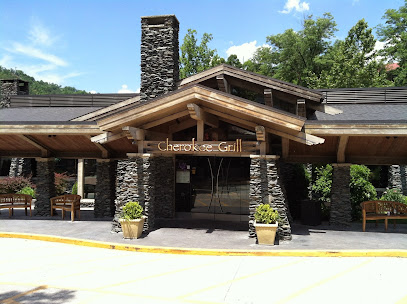
Crawdaddy’s Restaurant & Oyster Bar
Experience the best seafood and lively dining atmosphere at Crawdaddy’s Restaurant & Oyster Bar in Gatlinburg.
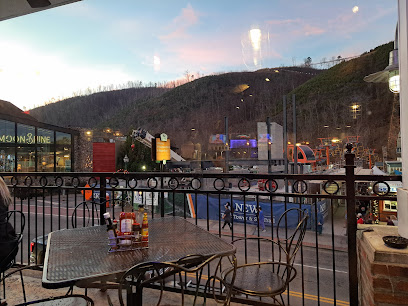
The Park Grill
Discover The Park Grill in Gatlinburg, where American cuisine meets warm hospitality and stunning mountain views for an unforgettable dining experience.
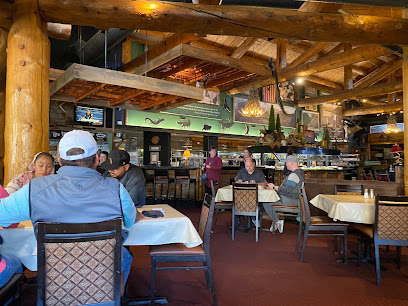
LandShark Bar & Grill
Enjoy delicious American cuisine with a beachy twist at LandShark Bar & Grill in Gatlinburg, TN, where great food meets stunning mountain views.

Three Jimmy's Good Time Eatery
Discover Three Jimmy's Good Time Eatery in Gatlinburg, where delicious food meets a lively atmosphere for an unforgettable dining experience.
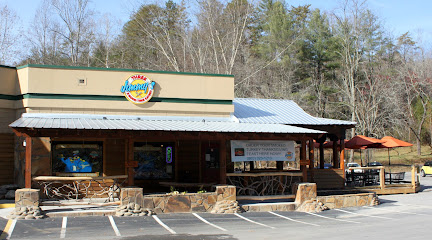
TGI Fridays
Experience the flavors of America at TGI Fridays in Gatlinburg, where lively dining meets delicious cuisine and refreshing drinks.

Tom & Earl's Back Alley Grill
Discover the delicious flavors of family dining at Tom & Earl's Back Alley Grill in Gatlinburg, where great food meets a welcoming atmosphere.
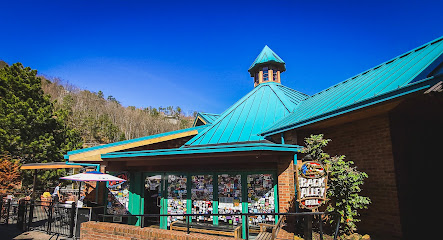
Smoky Mountain Brewery in Gatlinburg
Discover the perfect blend of craft beer and American cuisine at Smoky Mountain Brewery, a must-visit brewpub in Gatlinburg, Tennessee.
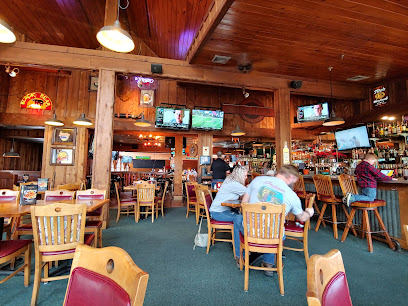
Crystelle Creek Restaurant
Discover the flavors of Gatlinburg at Crystelle Creek Restaurant, where steak, seafood, and Italian cuisine meet a family-friendly atmosphere.
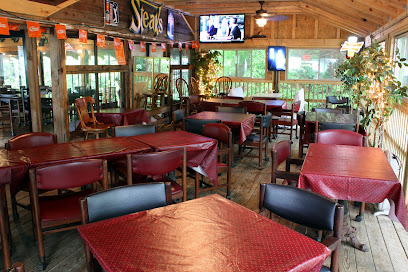
Cliff Top Restaurant at Anakeesta
Experience stunning mountain views and delicious American cuisine at the Cliff Top Restaurant in Gatlinburg, a perfect retreat in nature's embrace.
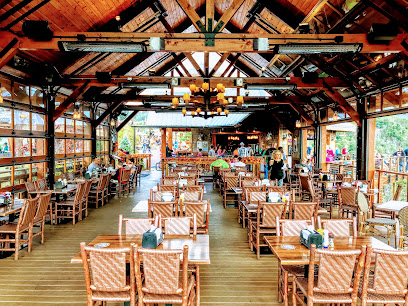
Boudicca's Celtic Pub
Discover the authentic flavors of Celtic cuisine at Boudicca's Celtic Pub in Gatlinburg, where great food meets a warm, inviting atmosphere.
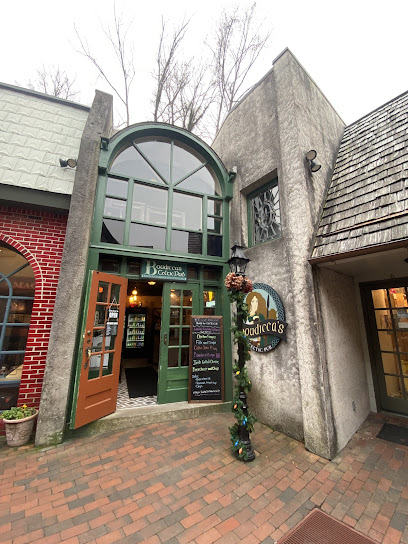
The Roaming Gnome Pub & Eatery
Experience the vibrant atmosphere and delicious grill cuisine at The Roaming Gnome Pub & Eatery in Sevierville.

Local Phrases about Great Smoky Mountains National Park
-
- HelloHowdy
[haw-dee] - GoodbyeSee ya later
[see ya lay-ter] - YesYup
[y-up] - NoNaw
[n-aw] - Please/You're welcomePlease and thank ya
[pleez and thank ya] - Thank youMuch obliged
[muhch uh-blahj] - Excuse me/SorryPardon me
[par-dn me] - How are you?How ya doin'?
[how ya doin'] - Fine. And you?Fine. How 'bout you?
[fine. how 'bout you?] - Do you speak English?Ya speak English?
[ya speak ing-glish?] - I don't understandI ain't catchin' on
[i aint katch-in on]
- HelloHowdy
-
- I'd like to see the menu, pleaseI reckon I'll take a gander at the menu, please
[i rek-un ayl tayk uh gan-der at the menu, pleez] - I don't eat meatI ain't keen on meat
[i aint keen on meet] - Cheers!Bottoms up!
[bot-ums up] - I would like to pay, pleaseI'm fixin' to settle up, please
[im fix-in to set-ul up, pleez]
- I'd like to see the menu, pleaseI reckon I'll take a gander at the menu, please
-
- Help!SOS!
[ess-oh-es] - Go away!Git!
[git] - Call the Police!Ring up the Law!
[ring up the law] - Call a doctor!Get a doc!
[get a doc] - I'm lostI'm turned around
[im turn-d round] - I'm illI'm feelin' poorly
[im feel-in poor-lee]
- Help!SOS!
-
- I'd like to buy...I reckon I'll buy...
[i rek-un ayl buy] - I'm just lookingI'm just browsin'
[im just brow-zin] - How much is it?What's the damage?
[whats the dam-ij] - That's too expensiveThat's a mite pricey
[thats a myt pry-see] - Can you lower the price?Can ya knock some off?
[can ya nok sum off]
- I'd like to buy...I reckon I'll buy...
-
- What time is it?What's the hour?
[whats the ow-er] - It's one o'clockIt's one of the clock
[its one of the clock] - Half past (10)Ten-thirty
[ten-thur-tee] - MorningMornin'
[morn-in] - AfternoonAfternoon
[aft-er-noon] - EveningEvenin'
[even-in] - YesterdayYest'day
[yes-t-day] - TodayToday
[to-day] - TomorrowMorn
[morn] - 1One
[wun] - 2Two
[too] - 3Three
[three] - 4Four
[for] - 5Five
[fahyv] - 6Six
[siks] - 7Seven
[sev-in] - 8Eight
[ayt] - 9Nine
[nine] - 10Ten
[ten]
- What time is it?What's the hour?
-
- Where's a/the...?Where's the...?
[wheres the] - What's the address?What's the street?
[whats the street] - Can you show me (on the map)?Can you point it out (on the map)?
[can you point it out on the map] - When's the next (bus)?When's the next (bus) comin'?
[whens the next bus comin] - A ticket (to ....)A pass (to ....)
[a pass to]
- Where's a/the...?Where's the...?
History of Great Smoky Mountains National Park
-
The Great Smoky Mountains have a rich history deeply intertwined with the Cherokee people. Before European settlers arrived, the Cherokee called these mountains 'Shaconage,' which means 'place of blue smoke.' They lived harmoniously with the land, practicing agriculture, hunting, and trading. Their culture and presence in the region are still evident today through archaeological sites, preserved artifacts, and cultural traditions.
-
In the late 18th century, European settlers began to move into the area, drawn by the fertile land and abundant resources. These early pioneers established small farms and communities. They built log cabins, some of which still stand in the park today, offering a glimpse into the rugged lifestyle of the early settlers.
-
The idea to create a national park in the Great Smoky Mountains was first proposed in the 1920s, driven by the efforts of local citizens and conservationists. In 1934, after years of fundraising, land acquisition, and political advocacy, Great Smoky Mountains National Park was officially established. It became a part of the National Park Service, preserving the natural beauty and cultural heritage of the region for future generations.
-
During the Great Depression, the Civilian Conservation Corps (CCC) played a significant role in developing the infrastructure of Great Smoky Mountains National Park. From 1933 to 1942, the CCC built roads, trails, and facilities, and conducted reforestation projects. Their work laid the foundation for much of the park's current infrastructure and helped to improve the environment.
-
During World War II, the development of Great Smoky Mountains National Park slowed as resources and manpower were diverted to the war effort. However, the park served as a place of solace and recreation for soldiers and their families. After the war, the park saw a resurgence in visitation and development, continuing its growth as a major national park.
-
In recent decades, Great Smoky Mountains National Park has faced challenges such as pollution, invasive species, and climate change. Modern conservation efforts focus on preserving the park's biodiversity, protecting its waterways, and maintaining its scenic beauty. Initiatives include air quality improvements, wildlife protection programs, and community education to ensure the park remains a pristine natural sanctuary.
Great Smoky Mountains National Park Essentials
-
Great Smoky Mountains National Park is accessible via several major airports, including McGhee Tyson Airport (TYS) in Knoxville, Tennessee, and Asheville Regional Airport (AVL) in North Carolina. From these airports, you can rent a car or take a shuttle service to the park. The park is also accessible by car from nearby cities such as Gatlinburg, Pigeon Forge, and Cherokee via US-441, which runs through the park.
-
While visiting Great Smoky Mountains National Park, having a car is highly recommended for getting around, as public transportation options are limited. There are several scenic drives within the park, including Newfound Gap Road and Cades Cove Loop Road. For a more immersive experience, consider hiking or biking on one of the park's many trails. Shuttle services are available to some trailheads, but planning ahead is essential.
-
The official currency in the United States is the US Dollar (USD). Credit and debit cards are widely accepted in the towns surrounding the park, such as Gatlinburg and Pigeon Forge. ATMs are available in these towns, but it is advisable to carry some cash for use in more remote areas of the park where card payments may not be possible.
-
Great Smoky Mountains National Park is generally safe for visitors, but it is important to take standard precautions. Avoid leaving valuables in your car and be aware of your surroundings, especially in crowded areas. While the park itself has low crime rates, the nearby towns of Gatlinburg and Pigeon Forge can have higher rates of petty theft targeting tourists. Always lock your vehicle and secure your belongings.
-
In case of emergency, dial 911 for immediate assistance. The park has several visitor centers with ranger stations where you can report emergencies and seek help. It is recommended to carry a first aid kit and know basic first aid procedures. For minor injuries or illnesses, there are medical facilities in nearby towns. Make sure to have travel insurance that covers medical emergencies and outdoor activities.
-
Fashion: Do wear appropriate clothing for outdoor activities, including sturdy hiking boots and weather-appropriate attire. Avoid wearing flip-flops or open-toed shoes on trails. Religion: Do respect the natural environment and any cultural sites within the park. Public Transport: Do research shuttle services ahead of time as options are limited. Don't rely on public transport within the park. Greetings: Do greet fellow hikers and park staff with a friendly nod or hello. Eating & Drinking: Do pack out all trash and leave no trace. Don't feed wildlife or leave food scraps behind.
-
To experience Great Smoky Mountains National Park like a local, start your day early to beat the crowds and enjoy the tranquility of the park. Visit the less-traveled areas, such as Cataloochee Valley, for a chance to see elk. Take part in a ranger-led program to learn more about the park's history and wildlife. For a unique local experience, explore the nearby towns of Gatlinburg and Pigeon Forge, where you can enjoy local cuisine and entertainment.
Trending Landmarks in Great Smoky Mountains National Park
Nearby Cities to Great Smoky Mountains National Park
-
Things To Do in Pigeon Forge
-
Things To Do in Knoxville
-
Things To Do in Oak Ridge
-
Things To Do in Asheville
-
Things To Do in Johnson City
-
Things To Do in Greenville
-
Things To Do in Greer
-
Things To Do in Mauldin
-
Things To Do in Anderson
-
Things To Do in Spartanburg
-
Things To Do in Chattanooga
-
Things To Do in Boone
-
Things To Do in Hickory
-
Things To Do in Rock Hill
-
Things To Do in Fort Mill

